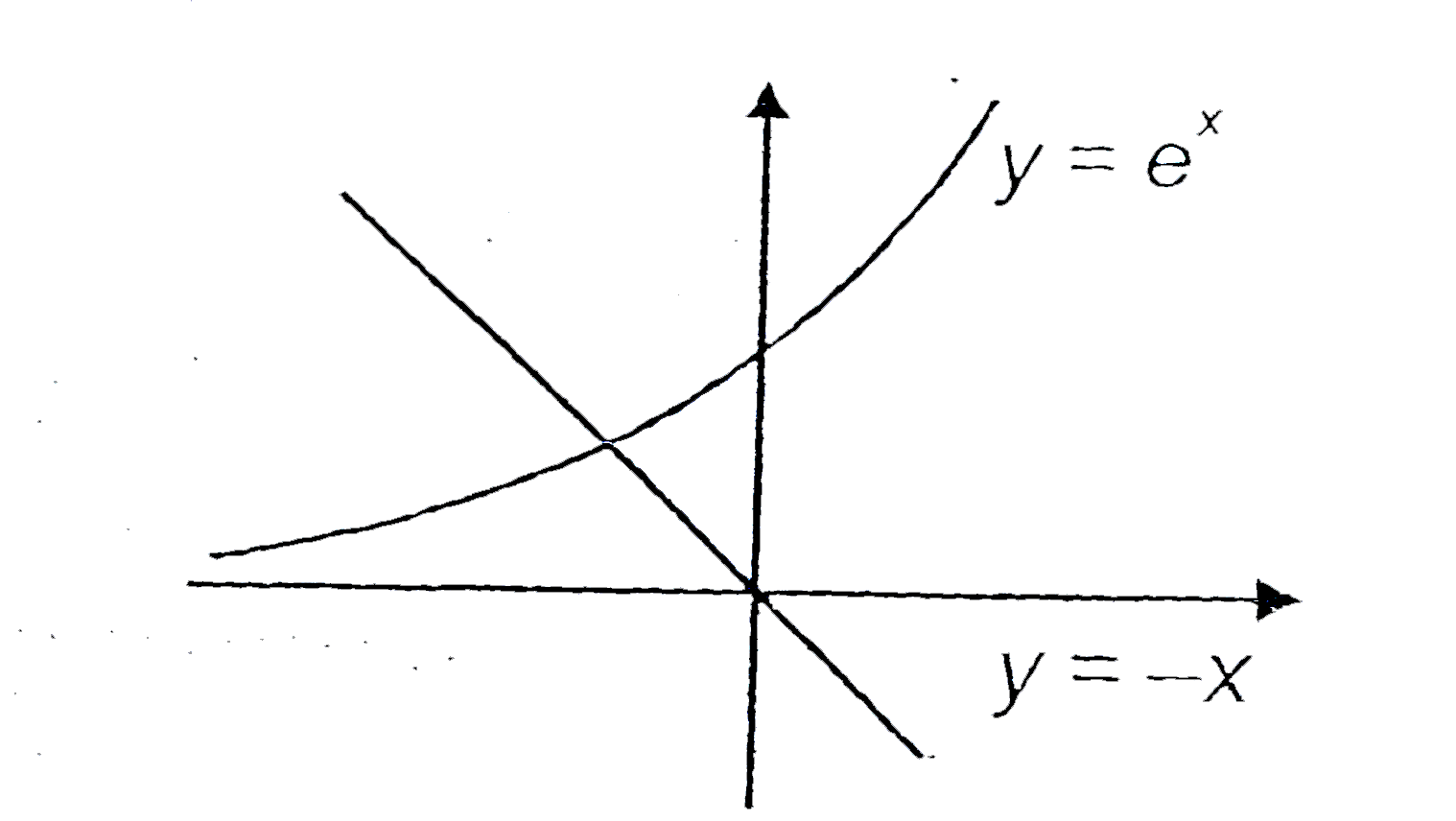If A = { (x,y) : y = sin x, x ∈ R } and B = { (x,y) : y = cos x, x ∈ R} then A ∩ B contains Solution in Tamil
no element
infinitely many elements
only one element
cannot be determined.
The correct Answer is:A
Step by step video, text & image solution for If A = { (x,y) : y = sin x, x in R } and B = { (x,y) : y = cos x, x in R} then A cap B contains by Maths experts to help you in doubts & scoring excellent marks in Class 11 exams.
Topper's Solved these Questions
- BOOK - SURA PUBLICATIONCHAPTER - SETS RELATIONS AND FUNCTIONSEXERCISE - ADDITIONAL PROBLEMS (SECTION - A)20videos
SETS RELATIONS AND FUNCTIONS
- BOOK - SURA PUBLICATIONCHAPTER - SETS RELATIONS AND FUNCTIONSEXERCISE - ADDITIONAL PROBLEMS (SECTION - B)8videos
SETS RELATIONS AND FUNCTIONS
- BOOK - SURA PUBLICATIONCHAPTER - SETS RELATIONS AND FUNCTIONSEXERCISE - EXERCISE 1.423videos
SETS RELATIONS AND FUNCTIONS
- BOOK - SURA PUBLICATIONCHAPTER - QUESTION PAPER -19EXERCISE - SECTION - IV11videos
QUESTION PAPER -19
- BOOK - SURA PUBLICATIONCHAPTER - SURAS MODAL QUESTION PAPER-1 MATHEMATICS EXERCISE - Section-IV20videos
SURAS MODAL QUESTION PAPER-1 MATHEMATICS
Similar Questions
Let f : R → R be defined as f(x) = x4. Choose the correct answer.
02:37View SolutionIf n (A∩B) = 3 and n (A∪B) = 10 then find n [ P (AΔB)]
06:01View SolutionFor the curve y = x3 given in figure draw,
y = -x306:57View SolutionFor the given base curve y=sinx draw y=12sin2x
01:27View SolutionThe formula for converting from Fahrenheit to Celsius temperatures is y = 5x9−1609. Find the inverse of this function and determine whether the inverse is also a function.
03:47View SolutionIn some question of sets, we have to make the use of graphs
For example
A={(x,y):y=ex,x∈R}
B={{x,y}:y=−x.x∈R}
Find n(A∩B)

It is clear that y=exandy=−x intersect at one pont. Hence n(A∩B)=1
A:{(x,y):y=√4−x2,x∈[−2,2]}
B={(x,y):y=|x|,x∈R}
Then n(A∩B)02:17View SolutionIn some question of sets, we have to make the use of graphs
For example
A={(x,y):y=ex,x∈R}
B={{x,y}:y=−x.x∈R}
Find n(A∩B)

It is clear that y=exandy=−x intersect at one pont. Hence n(A∩B)=1
A={(x,y):x2+y2≤2,x,y∈R}
B={{x,y):y≥x2,x,y∈R}
Then domain of A∩B is03:07View SolutionIn some question of sets, we have to make the use of graphs
For example
A={(x,y):y=ex,x∈R}
B={{x,y}:y=−x.x∈R}
Find n(A∩B)

It is clear that y=exandy=−x intersect at one pont. Hence n(A∩B)=1
A={(x,y):y=sinπx,x∈R}
B={(x,y):y=|In|x||,x∈R−{0}}
Then, n(A∩B)01:07View SolutionLet A={(x,y):y=ex,x∈R}B={(x,y),Y=e−x,x∈R}then
00:59View SolutionIf A= {(x,y) : y = ex,x∈R} and B = { (x,y) : y = e−x,x∈R } then n (A ∩ B ) is
View SolutionA={(x,y):y=1/x,0≠x∈R},B={(x,y):y=−x,x∈R} then
01:19View SolutionA={(x,y):y=ex,x∈R},B={(x,y):y=x,x∈R} then
05:51View SolutionLet A={(x,y): y=ex,x∈R } , B={(x,y): y= e−x,x∈R } . Then :
04:27View SolutionLet A={(x,y : y=ex,x∈R} , B={(x,y): y=x, x ∈ R} . Then :
02:21View SolutionThe number of elements in the set A∩B∩C, where
A={(x,y)∈R×R,|x|+|y|≥1}
B={(x,y)∈R×R,x2+y2≥1}
and C={(x,y)∈R×R: max |x|,|y|=1} is:02:01View Solution

